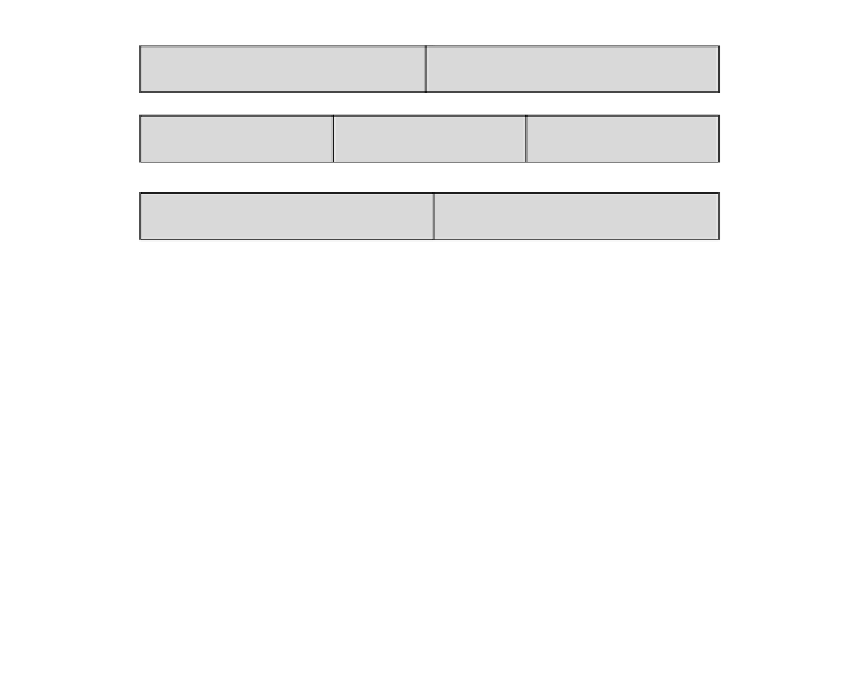Databases Reference
In-Depth Information
6 Unified Index for Authorizations, Moving Objects and
Profiles
In this section, we present S
STP
-tree [6] that supports ecient enforcement of
security/privacy policies based on the user locations as well as profiles. Each
node in the S
STP
-tree comprises of the spatiotemporal attributes as well as a
profile bounding vector, denoted as
PV
B
(explained later), in order to support
the profile conditions. The role of profile bounding vector is to filter profile
conditions that do not satisfy the designated profile query conditions.
One can assume that user profile as a set of attributes associated with a
mobile customer that characterizes the user. These attributes may include (1)
demographic information (e.g. country, race, age, gender, etc.), (2) contact
information (e.g., name, address, zip code, telephone number, e-mail, etc.),
(3) personal preferences (e.g., hobbies, favorite activities, favorite magazines,
etc.), and (4) behavioral profile (e.g., level of activity, type of activity, etc.)
3
Discretization is used to represent user profiles. All the possible discrete
values for the profile attributes are represented simply use as many bits as the
number of different discrete values. If the attribute is numerical data type, the
continuous data space is partitioned into disjoint mutually-exclusive intervals,
as shown for attribute age in figure 3.
Department
Human Resource
Other Departments
<
≥
Salary
$ 52,000
52,000, <$ 62,000
≥
$ 62,000
Home Town
Newark, NJ
Chicago, IL
Fig. 3.
Profile Attribute Discretization
For example, if
Salary <
$52,000, we represent it with '100', and '001'
if
Salary
$62,000. Table 2 shows the examples of user profile vectors. For
example, profile representation of the user, Doe, is
≥
because his
department 'Human Resource', is represented as '10', salary, $63,000, as 001,
and home town, 'Newark, NJ' as '10'.
10
,
001
,
10
3
The behavioral profile is created by observing activities and habits of a user
continuously. For example, Sony TiVo box records frequently-watched television
shows and generates a behavioral profile based on the past patterns. In order to
do so, information such as what kind of activity has been done by a user at what
intensity needs to be captured. In case of TiVo, type of activity can be 'watching
drama' and level of activity can be '2 hours.'

